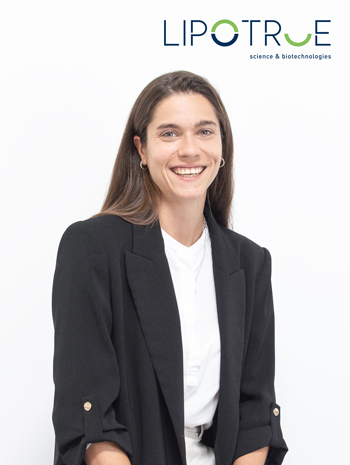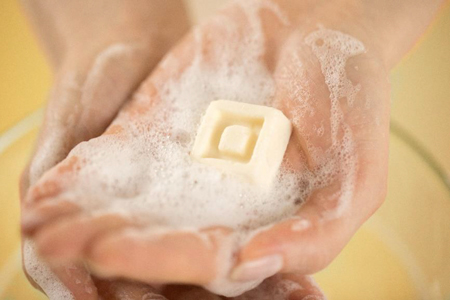Speaker: Dr. Remo Campiche
Company: DSM Nutritional Products
Title: Establishing the Serine Protease Plasmin as a Pathway for Skin Aging
Language: German
Abstract: Background: Plasmin is a serine protease induced by UV-irradiation. Its activity upregulates pathways such as pro-inflammatory cytokines and matrix-metalloproteinases (MMPs). We showed that plasmin is upregulated in photo-exposed facial skin correlating with increased transepidermal water loss (TEWL). In addition, it is known that the plasminogen system modulates cutaneous melanogenesis. Specific inhibition of the plasminogen system in skin yields positive effects on inflammation, skin hydration and skin resilience.
Objective: Since plasmin activates MMPs and increases inflammation and melanogenesis, we investigated potential skin aging effects of plasmin. In addition, we wanted to show that such effects can be inhibited with a specific plasmin inhibitor.
Methodology: We established in vitro and ex vivo assays to investigate inflammation, MMP-9 activation, collagen degradation, and the melanogenesis modulating activity of plasmin. A specific plasmin inhibitor, Amidinobenzyl Benzylsulfonyl D-Seryl Homophenylalaninamide Acetate (ABSHA), was used in these assays to downregulate those effects. We are completing our investigation with a two month, monocentric, placebo-controlled in vivo study on Chinese female volunteers.
Results: Using pro-inflammatory cytokines, we could upregulate inflammation (via IL-8 or CXCL-5) as well as MMP-9 expression in vitro. Consistent with these data, we could upregulate MMP-9 expression ex vivo using UV-irradiation, resulting in collagen IV degradation. Regarding melanogenesis, we could increase melanin synthesis in vitro by the addition of plasmin to human epidermal melanocytes. All these effects were significantly reduced by a specific inhibitor of plasmin. In addition, we found an increase in collagen I synthesis in dermal fibroblasts when exposed to the plasmin inhibitor. These data are currently investigated in an in vivo study.
Conclusion: Our results establish plasmin as a skin aging enzyme leading to various signs of aging such as wrinkles, sagging and uneven skin tone or age spots. Using specific inhibitors against plasmin such as ABSHA shows promise against age-induced skin conditions.












